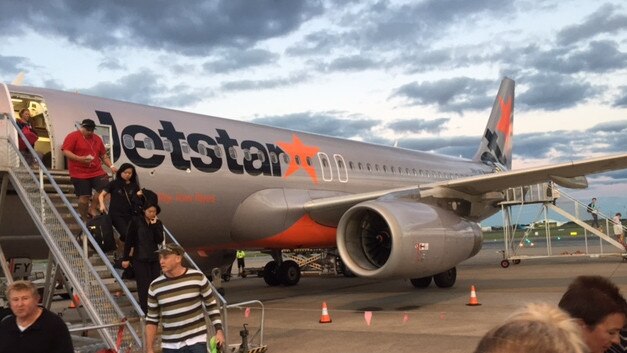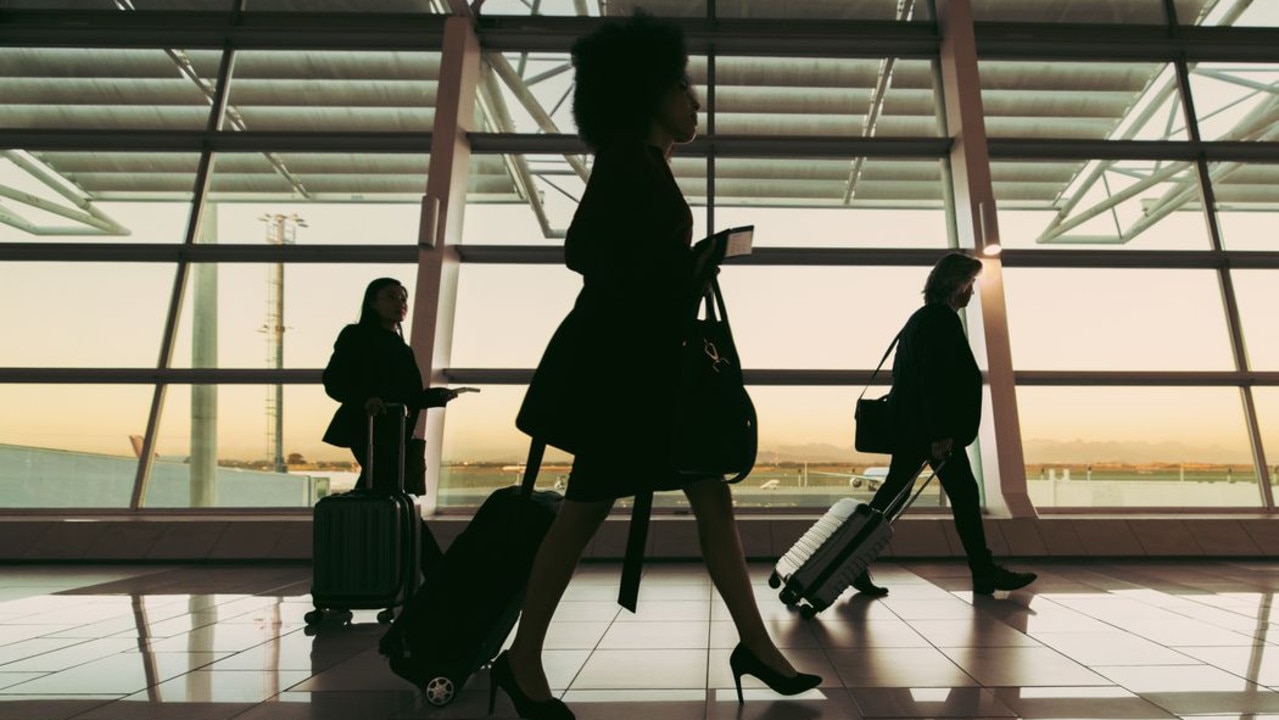Cheap seats not so welcoming as low-cost carriers lose appeal
The lure of cheap airfares in return for nothing but an airline seat may be losing its appeal.

The lure of cheap airfares in return for nothing but an airline seat may be losing its appeal, as fewer passengers choose to board low-cost carriers on flights in and out of Australia.
Federal government figures released this week showed the percentage of international travellers being carried by budget airlines fell to 15 per cent in July, from 16.7 per cent last year.
At the same time the total number of air travellers increased 4.8 per cent to 3.7 million.
Just two years ago, LCCs commanded 18.2 per cent of the international market in Australia with fares as low as $109 for flights to Singapore and $319 for a one-way ticket to Greece.
Those bearing the brunt of the downturn include Jetstar Asia — which saw passenger loads fall 73.2 per cent in July, Indonesia AirAsia (down 24.7 per cent) and AirAsia X (down 5.1 per cent).
Jetstar also suffered a small decline in passenger numbers of 2.6 per cent, while Scoot, Tigerair and Cebu Pacific bucked the trend with modest increases.
In contrast, full-service carriers such as Qantas and Qatar Airways enjoyed double-digit month-on-month increases in passenger numbers.
Qantas’s international market share now stands at 17.1 per cent — more than the LCCs combined.
The data also showed that on AirAsia X flights out of Australia, just over 70 per cent of the seats were filled, and outbound Cebu Pacific flights had 71.5 per cent of seats in use.
Jetstar’s seat utilisation was a healthier 83.7 per cent for outbound flights and 89.9 per cent for services coming into Australia. Capacity changes contributed largely to the decline in passenger numbers with Jetstar Asia scrapping its Singapore-Perth route last year to redeploy aircraft to higher growth markets within Asia.
Similarly, AirAsia X slashed flights to Australia by 26 per cent in 2018 compared with 2017.
In an effort to improve profitability, the Southeast Asia-based low-cost carrier reduced flights to Perth by half, services to the Gold Coast by 36 per cent, and to Sydney by 21 per cent.
Despite the capacity reductions and passenger data, Centre for Aviation executive chairman Peter Harbison said low-cost carriers were the future of flying in the Asia-Pacific region with growth in full-service carriers stagnant.
“People like cheap seats,” Mr Harbison said.
“I suspect the reason for the decline is that Jetstar, which is the vastly dominant carrier in the market, has kept its capacity flat while Qantas is chasing profitability. Also, AirAsia X has temporarily reduced frequency as it refocuses.”
He pointed to data showing LCCs had significant numbers of aircraft on order, including AirAsia, which was in the market for another 494 aeroplanes to add to its existing fleet of 243.
Orders totalling more than 300 aircraft had also been placed by IndiGo, Lion Air and VietJet, compared with just 99 for full-service airline Garuda Indonesia and 115 for Qantas including Jetstar.
A Jetstar spokeswoman said they were continuing to see strong demand for international leisure travel despite increased competition.
“Bali is a huge driver of international demand, and Jetstar is the biggest carrier operating between Australia and Bali with 70 flights per week,” she said.
“We also recently became the only Australian and low-cost airline flying direct to Vietnam, which has been popular.”
She said the new A321 Neo aircraft joining the Jetstar fleet would open up even more international opportunities.




